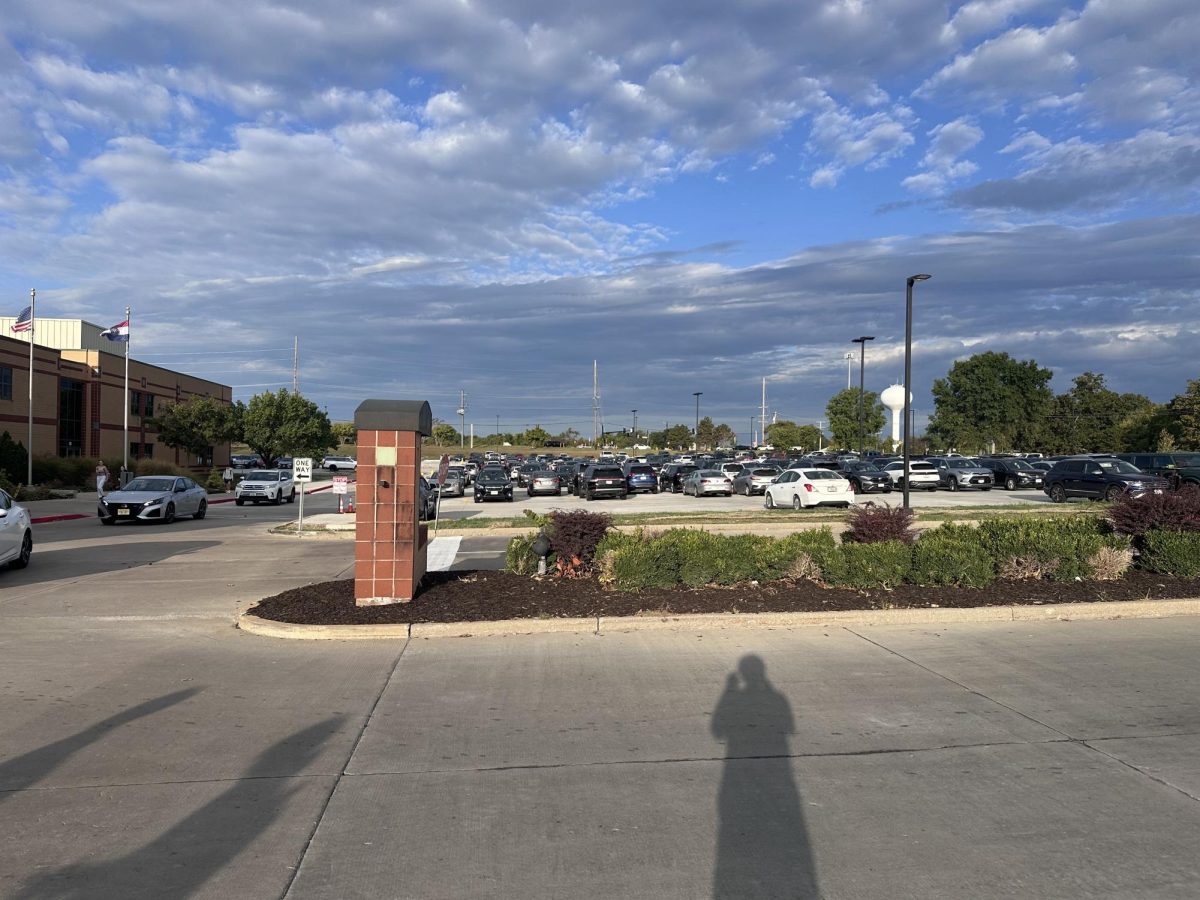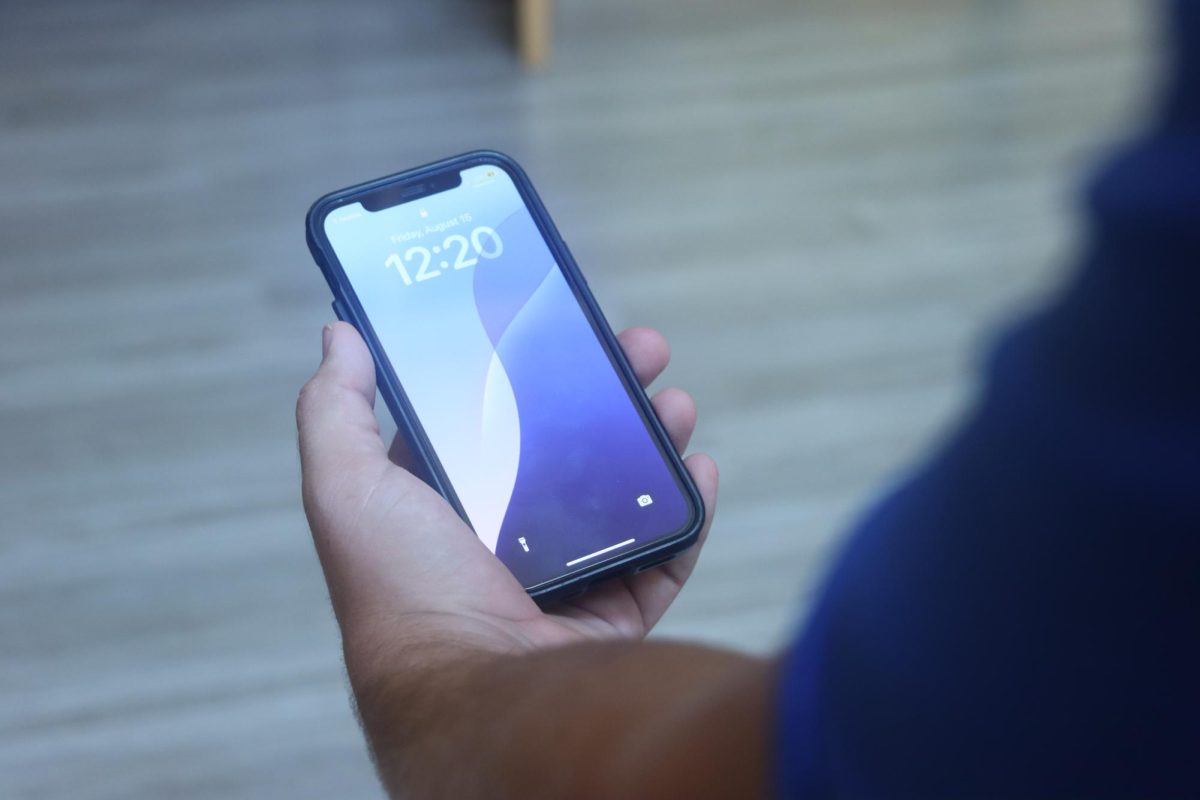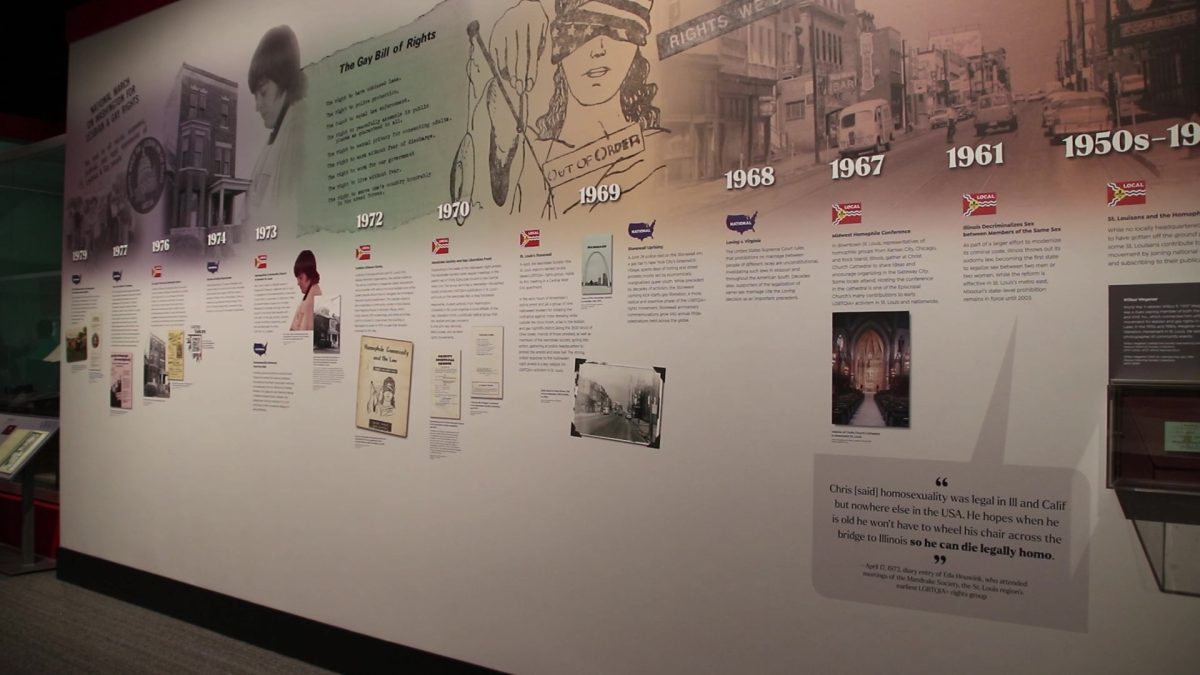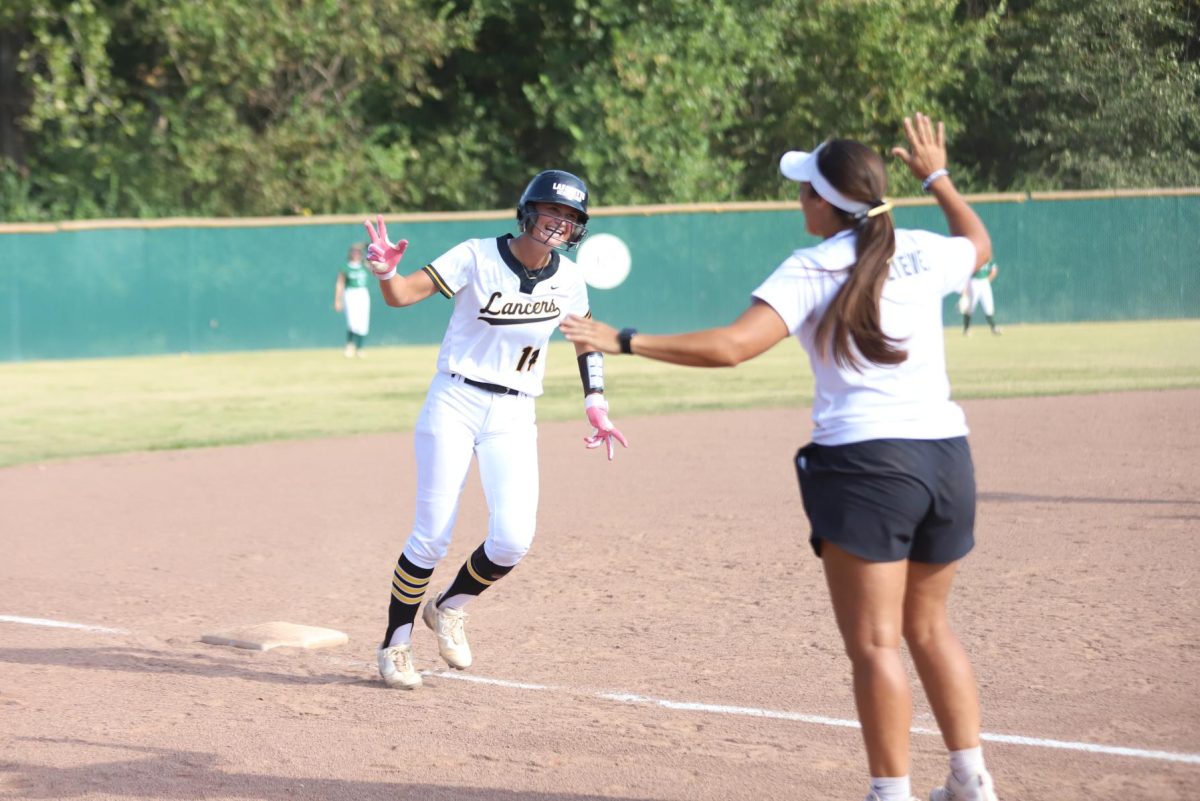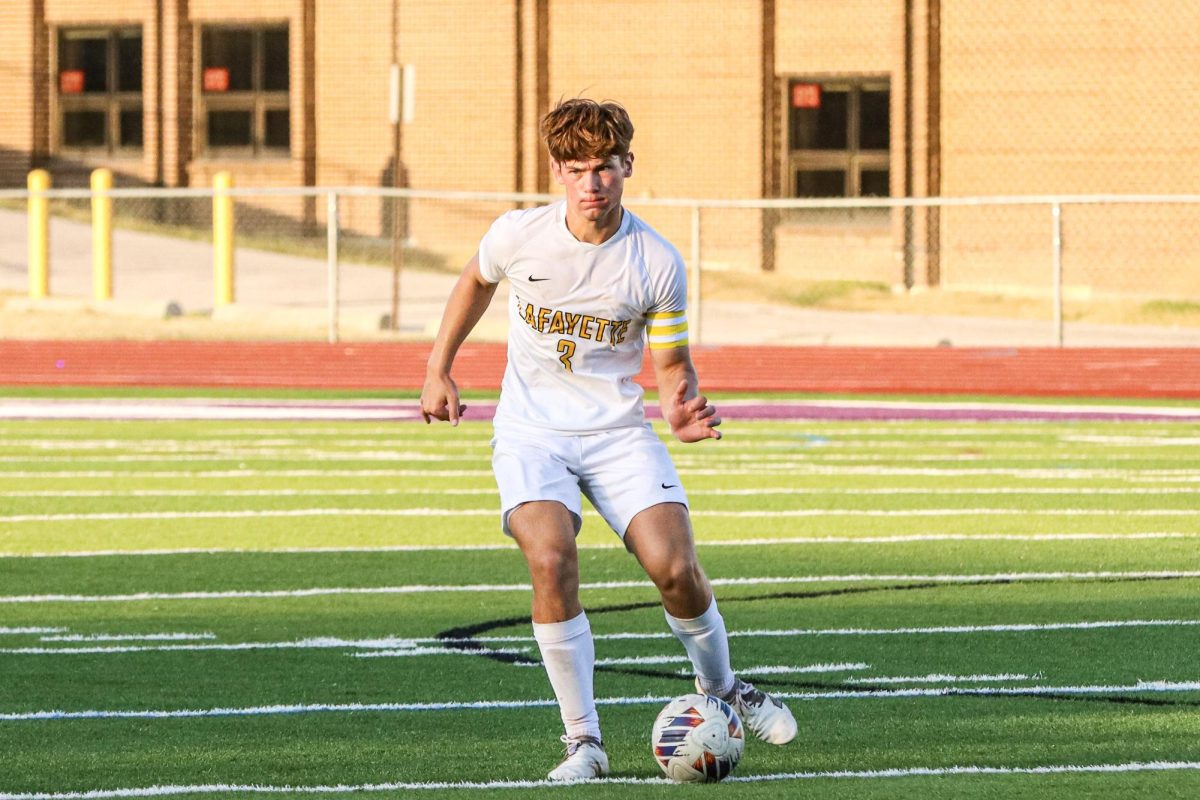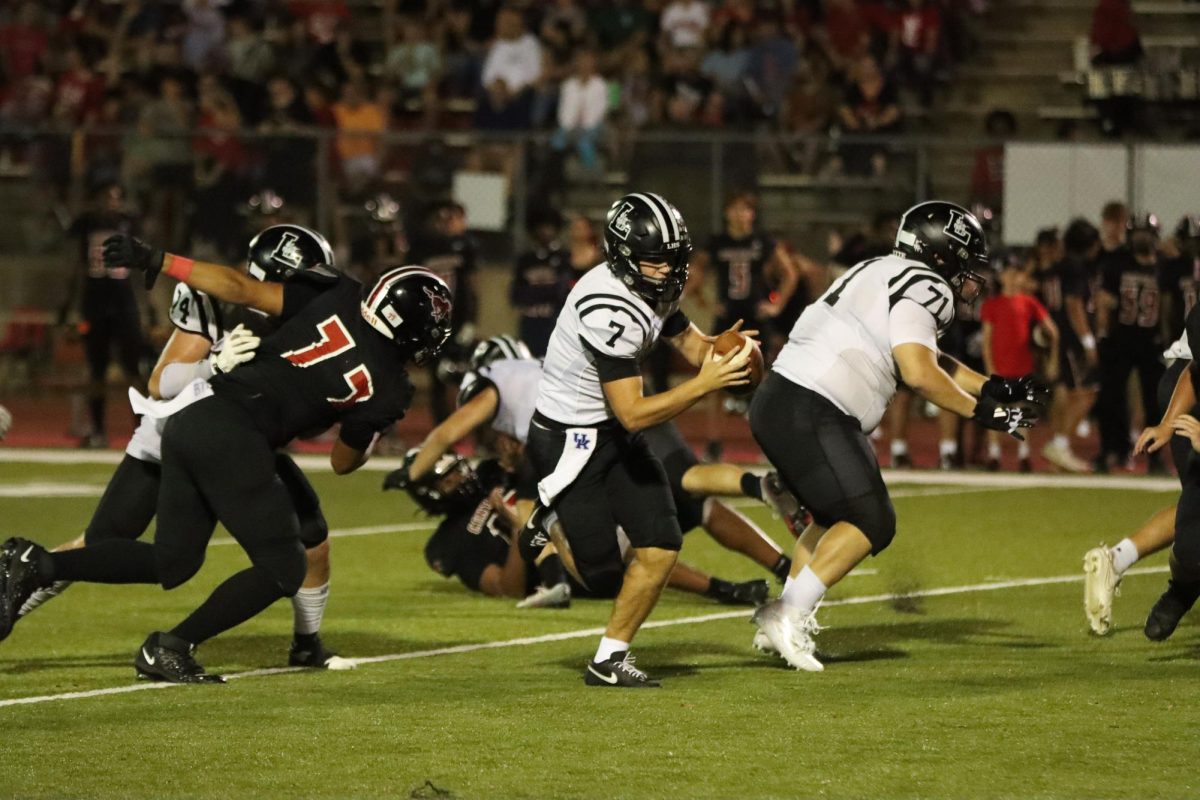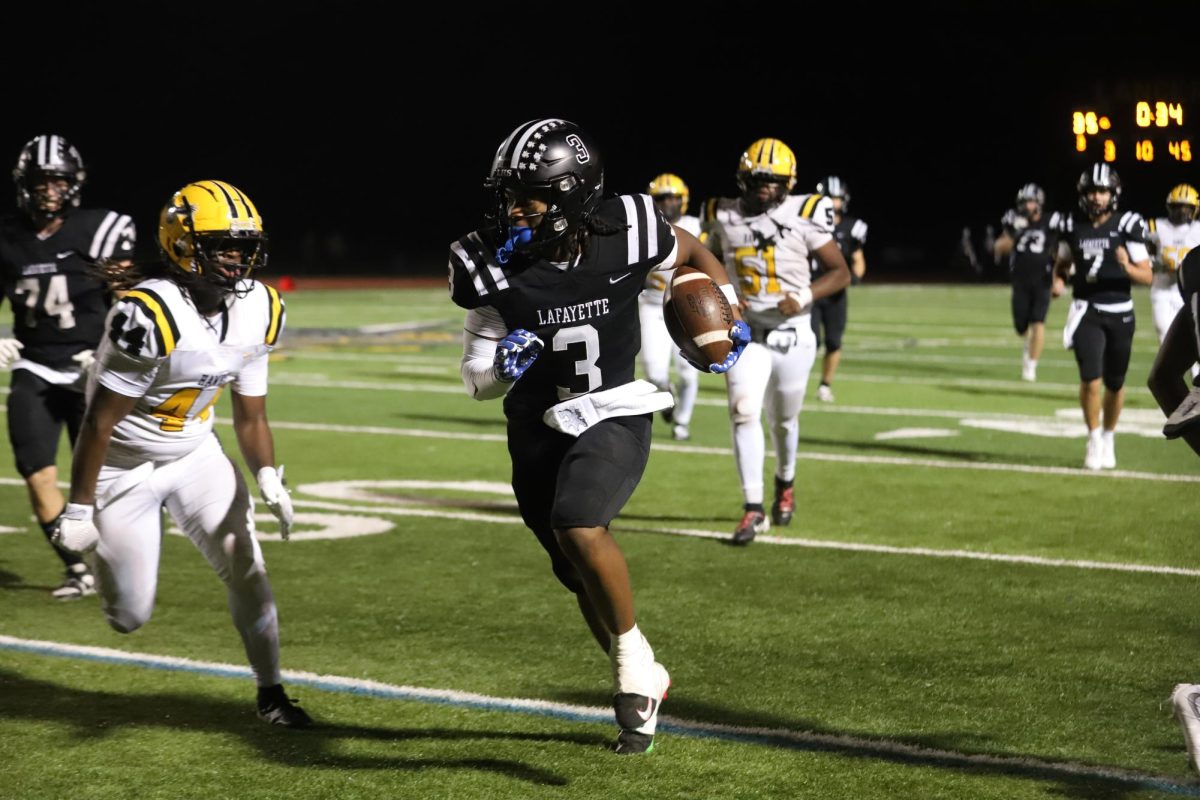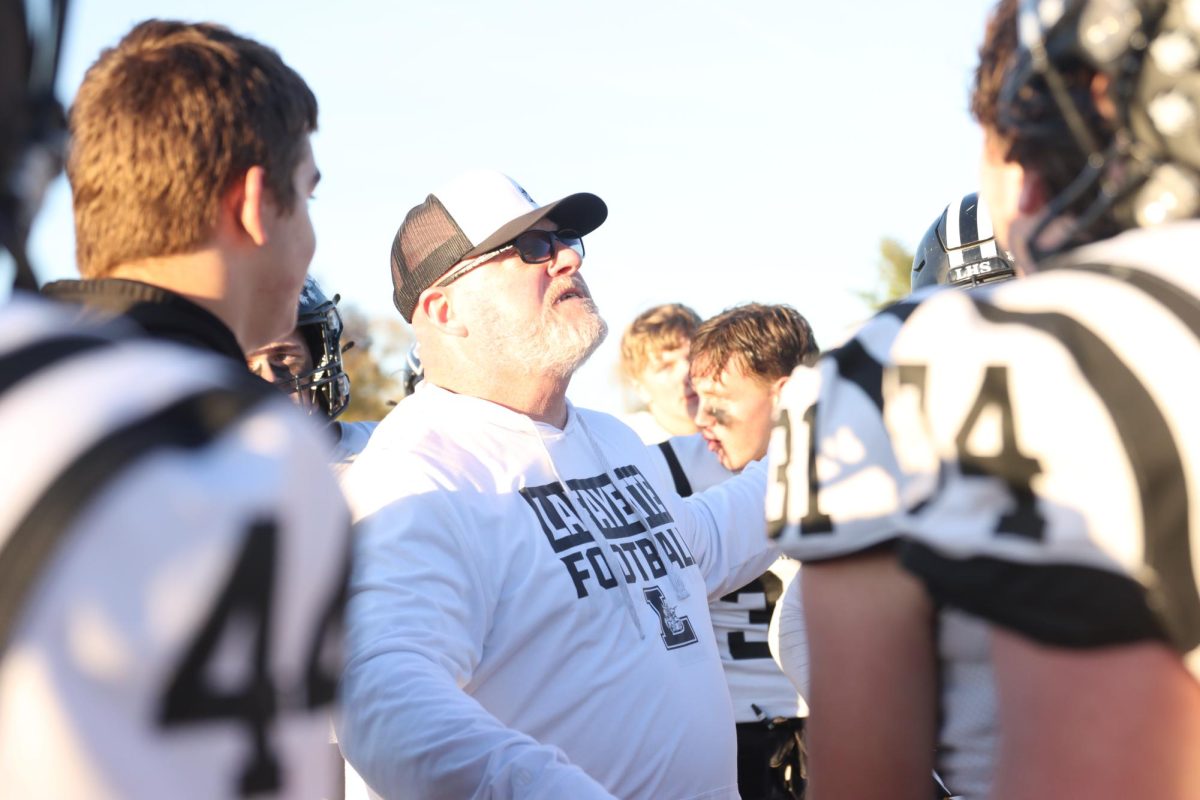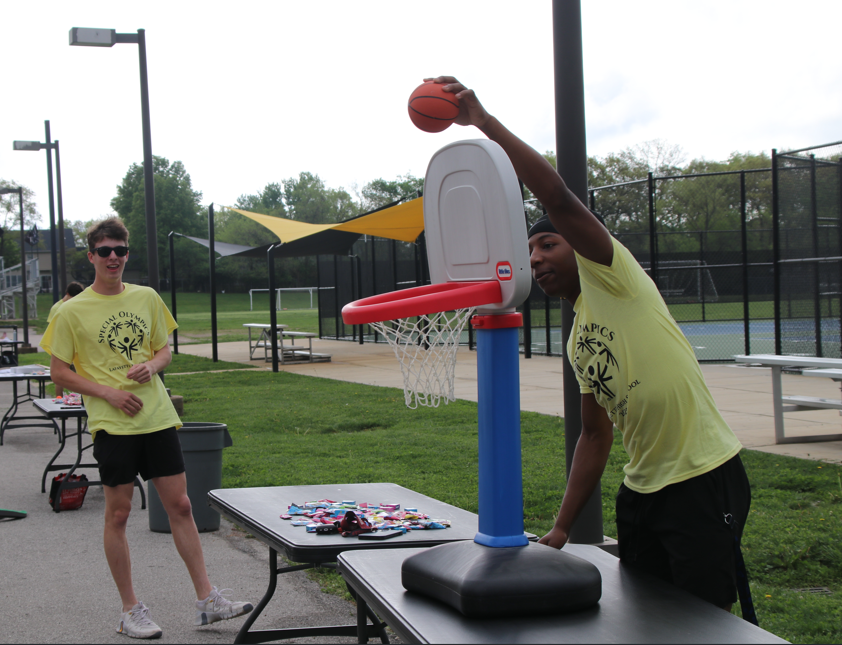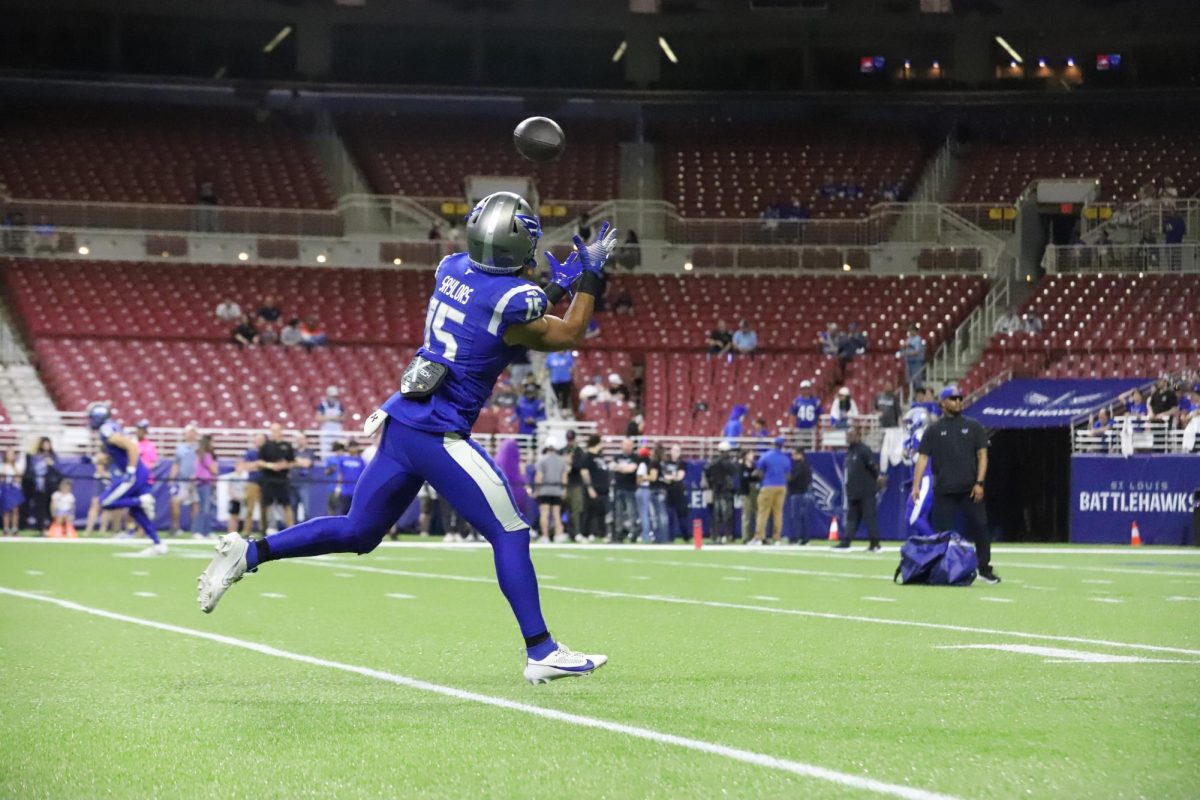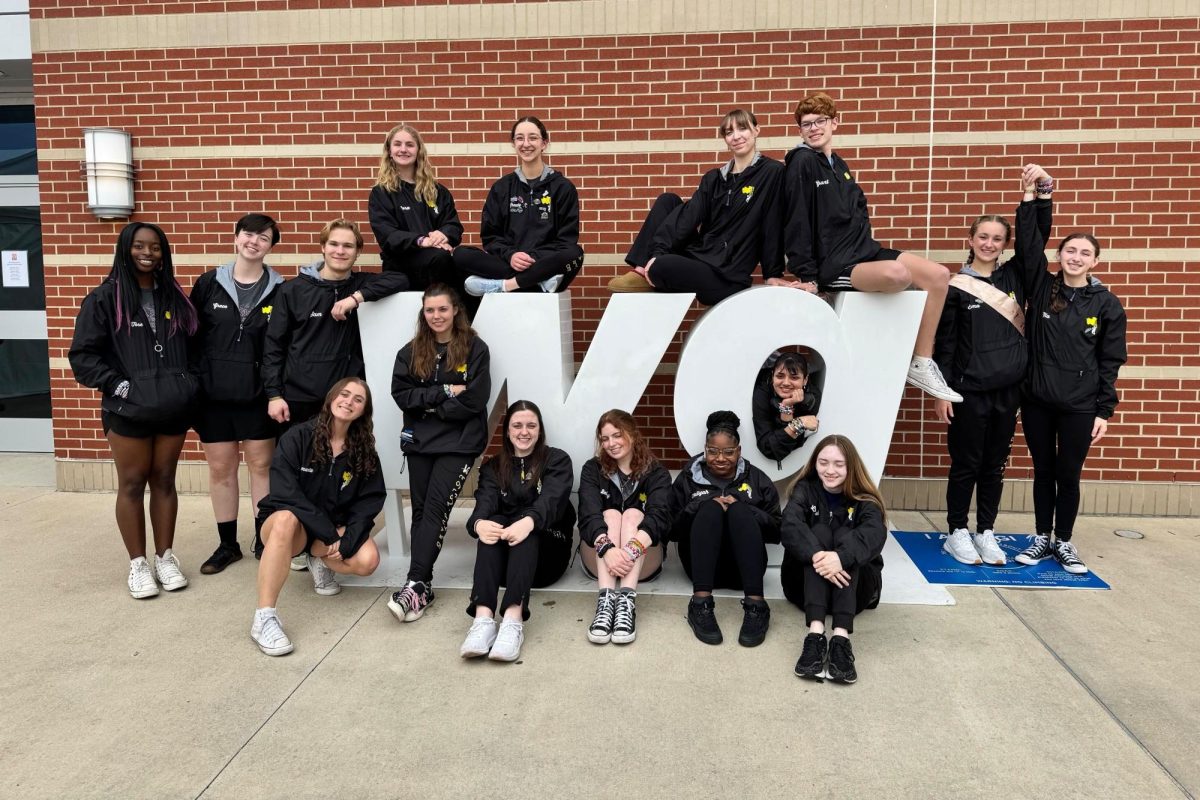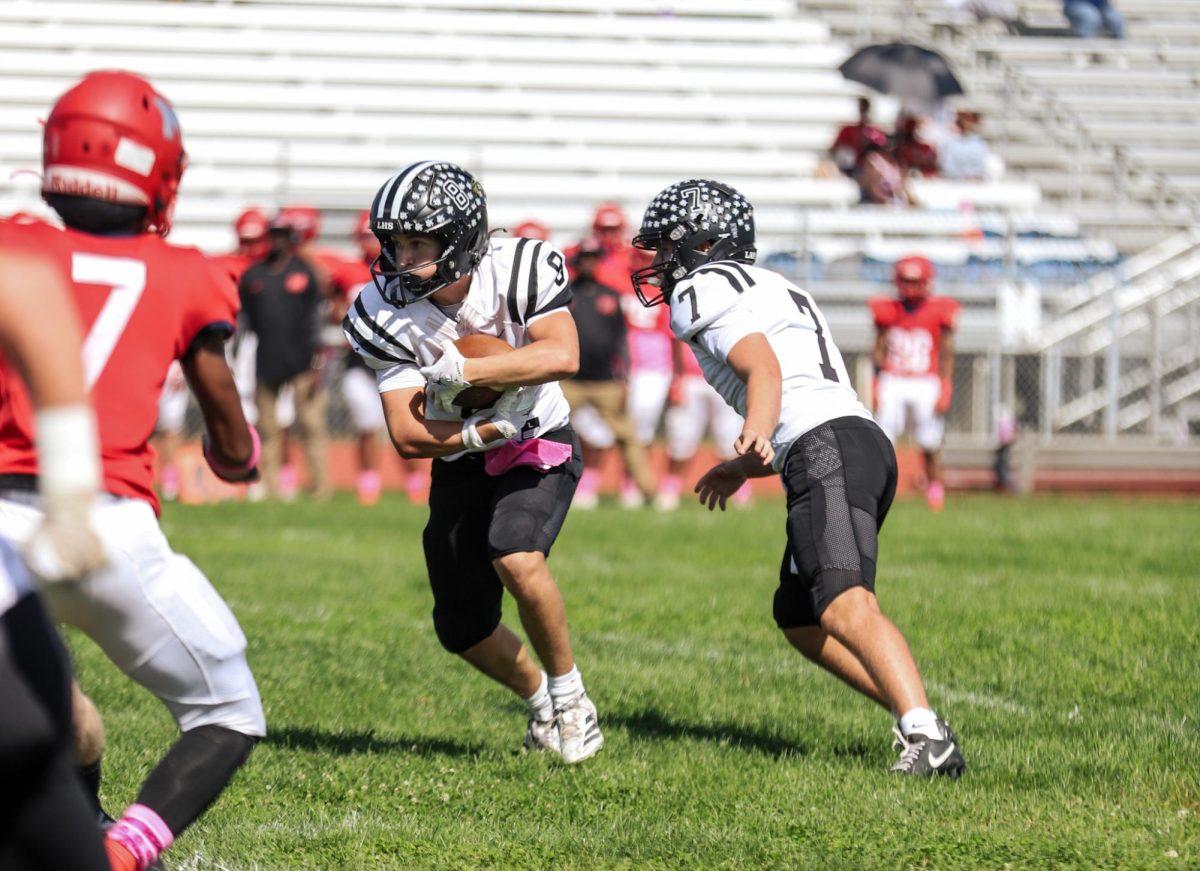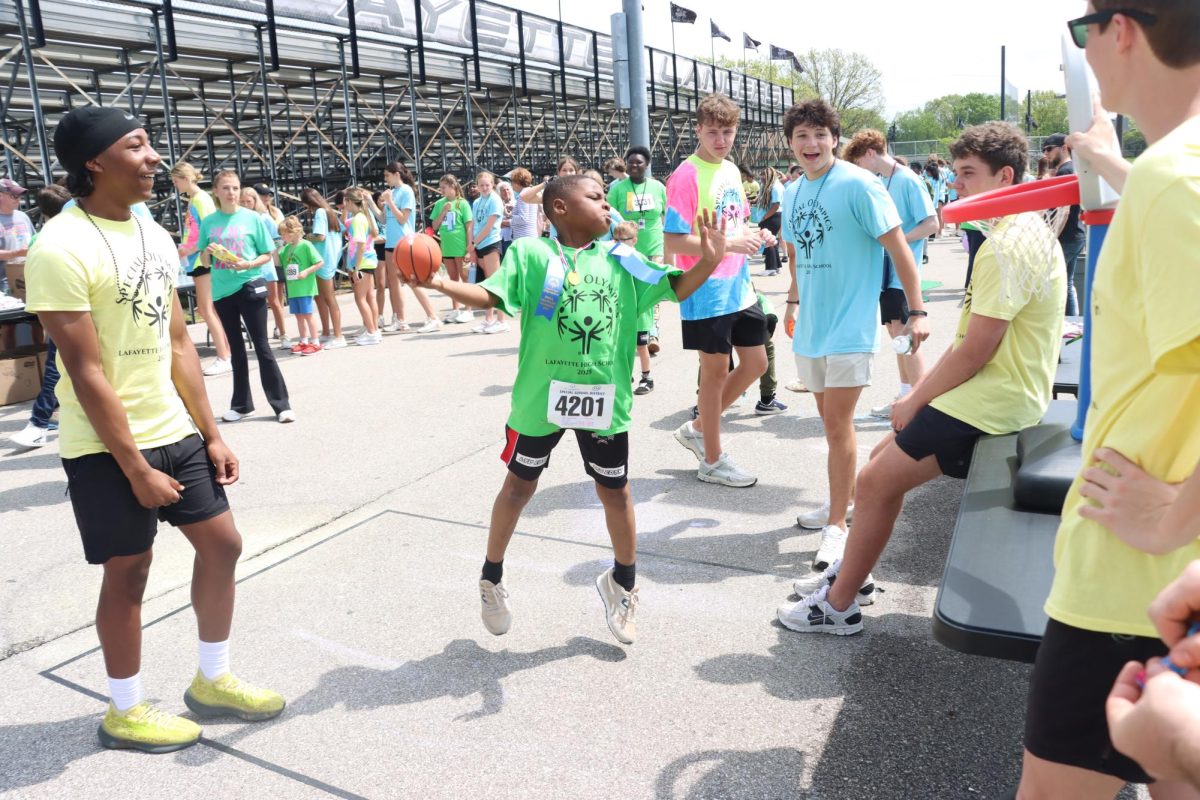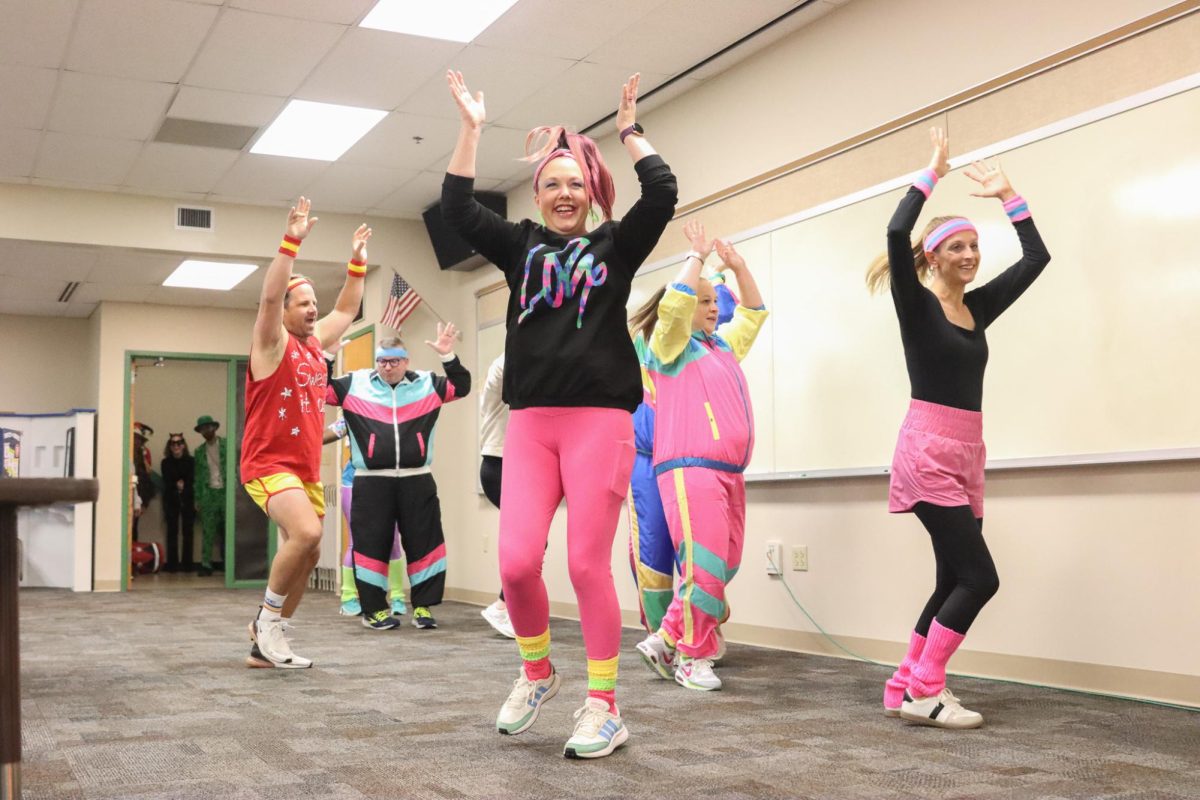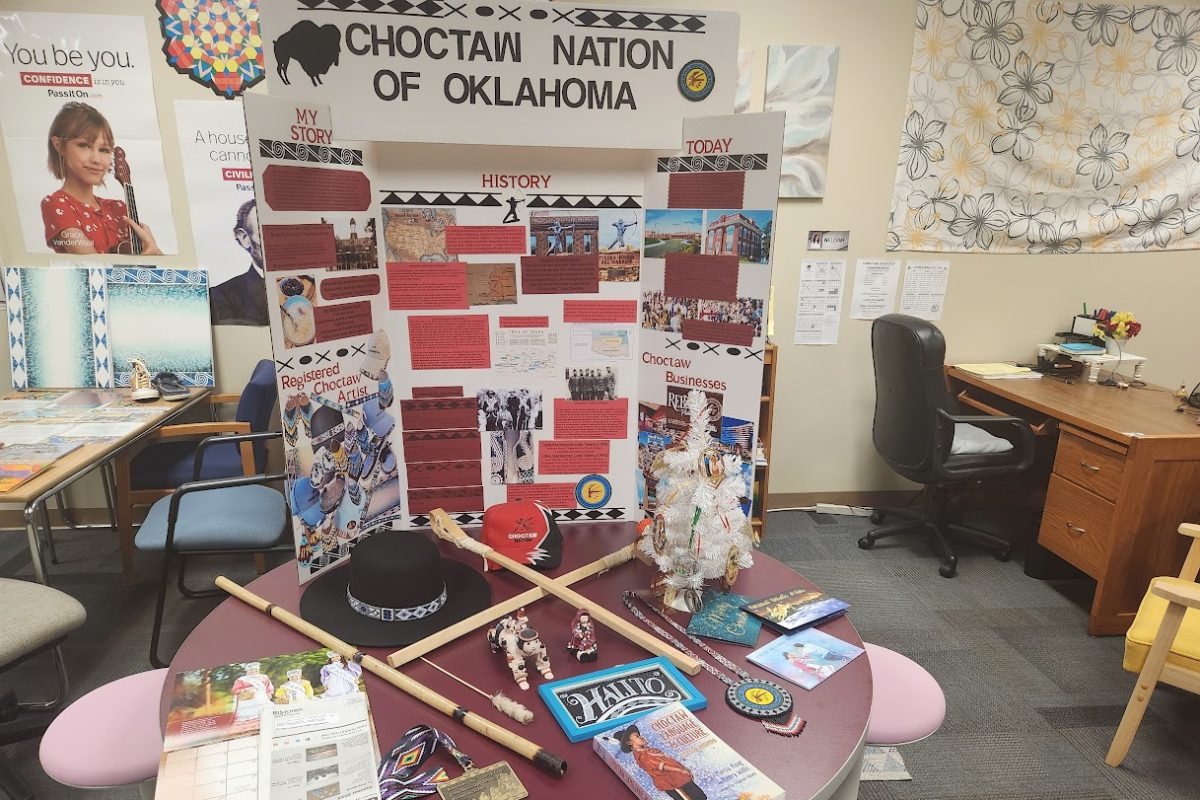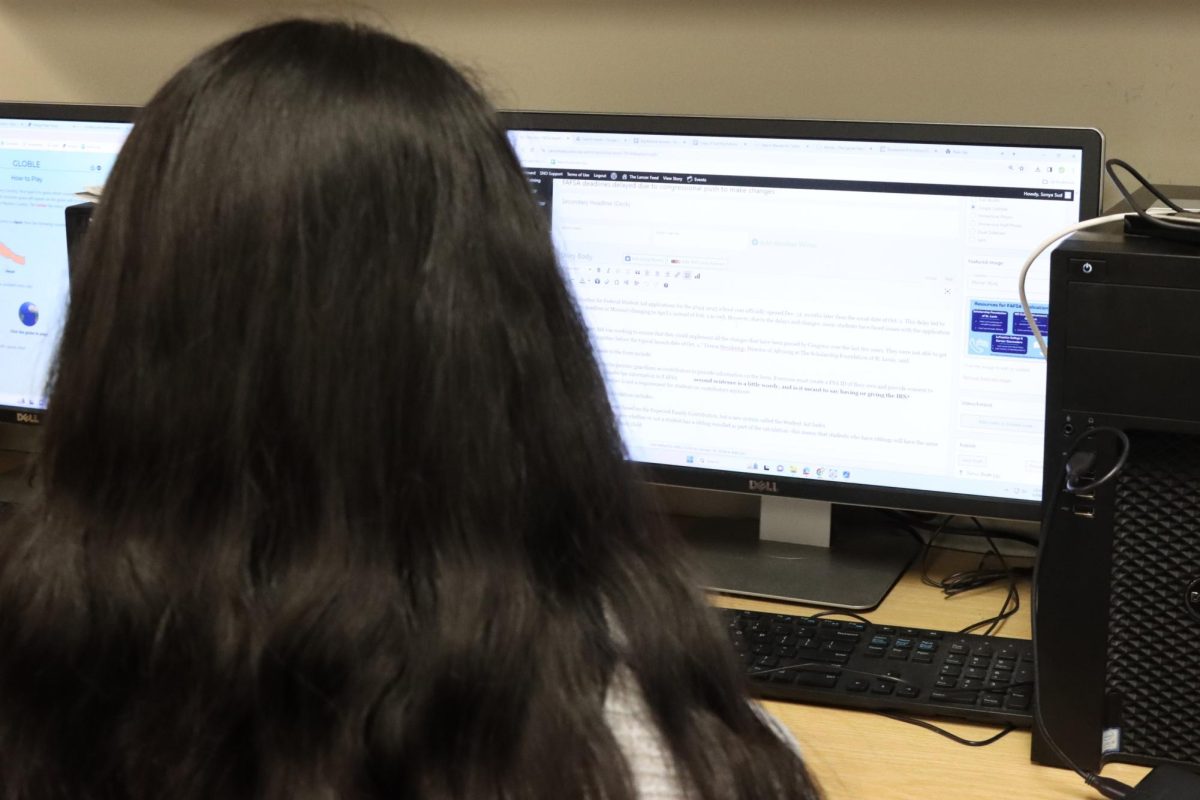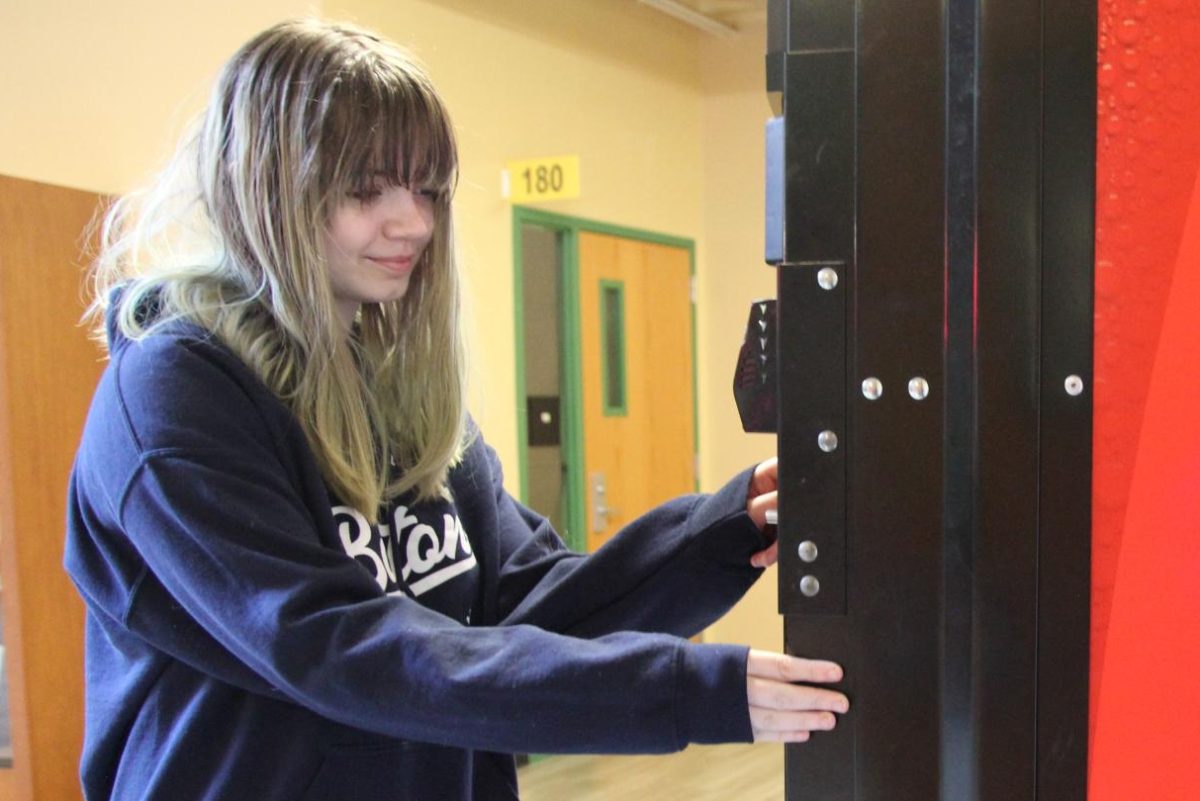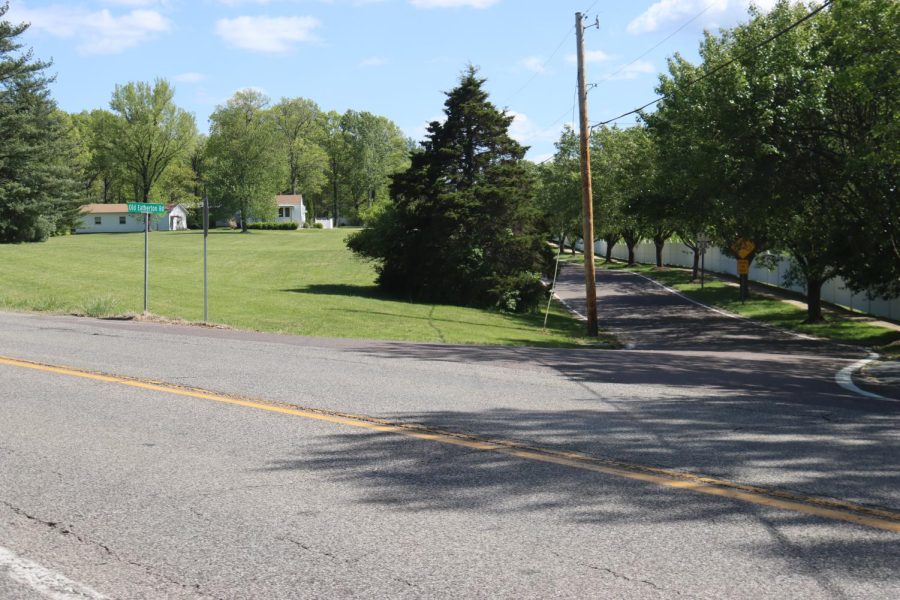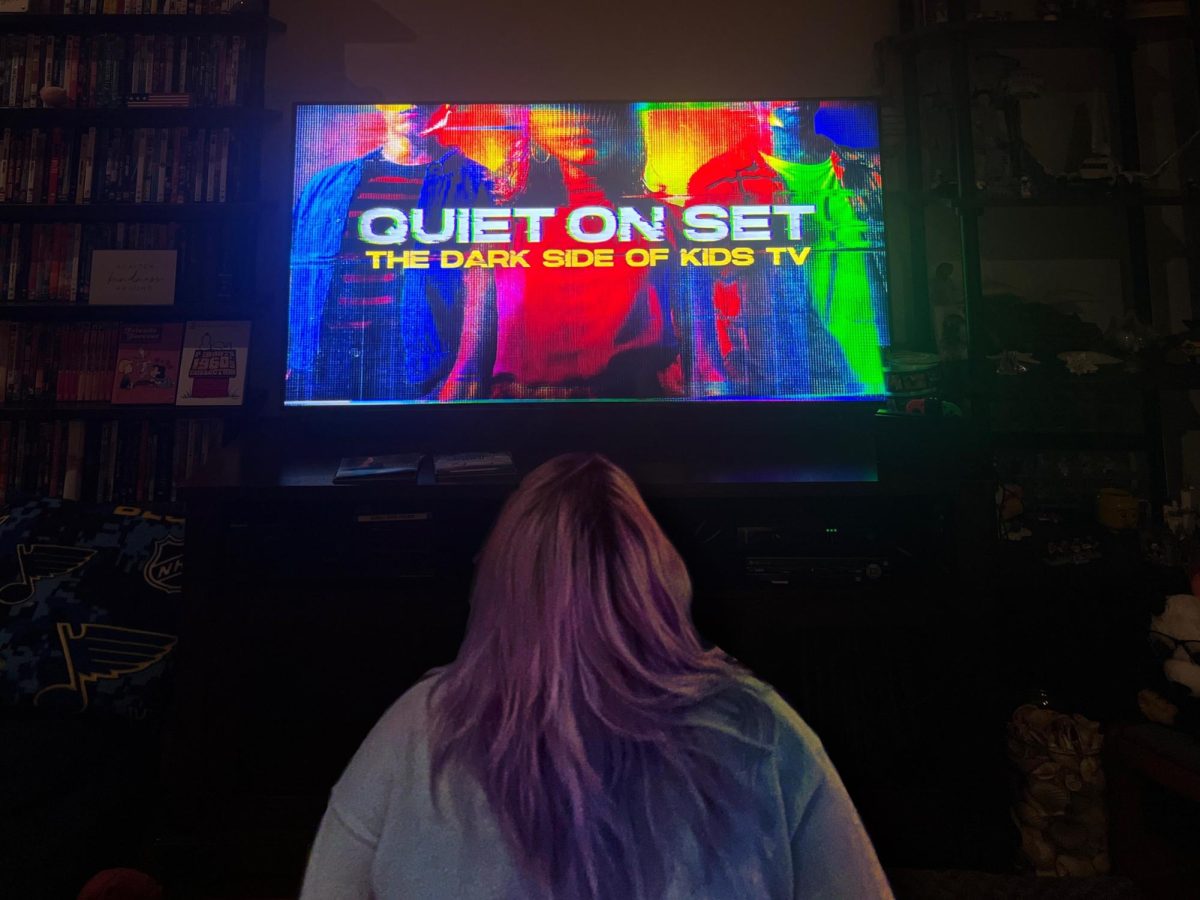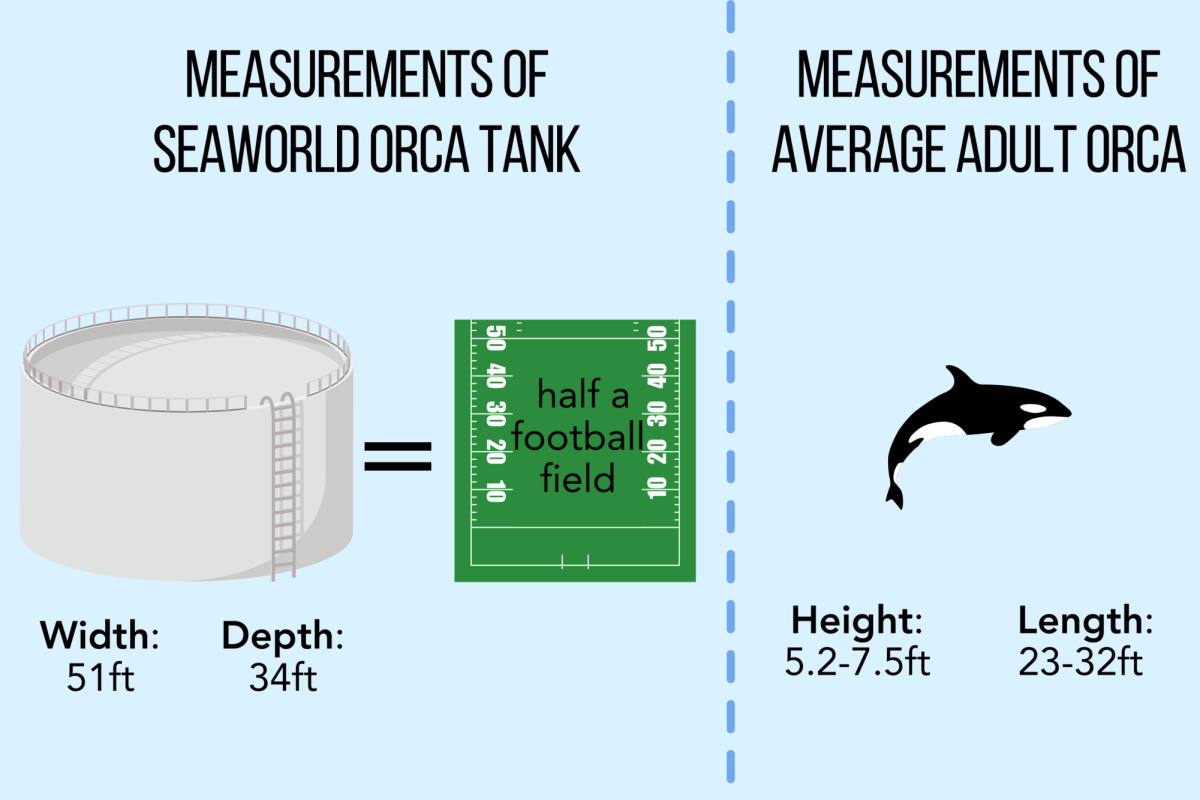
When I was ten, my family decided to take me to SeaWorld to see one of the famous orca and dolphin shows. During the show, I was in complete awe. Seeing the orcas and dolphins do tricks with their trainers, splashing everyone with their tails and making huge jumps across the tank had me thinking that SeaWorld is an amazing institution that truly cares for these animals. However, as I grew up and became more exposed to the internet, I learned the harsh truth.
In 2013, Blackfish, a documentary about the famous orca Tilikum and the realities of keeping orcas in captivity, took the world by shock. Tilikum, a male orca who was in captivity for 34 years, was responsible for the murder of three people. Two of them were SeaWorld trainers and one was a person who snuck into the park after closing. It was believed by experts that the reason for his aggressive tendencies came from his traumatic experience in captivity.
Tilikum was taken from his family when he was two and spent months in a concrete tank. After spending time swimming around in a small cage, he was then shipped off to Sealand of the Pacific. At Sealand, he shared a tank that had a width of 26 feet with two other females. However, they never got along. Those two female orcas would often fight and assert dominance over Tilikum, leaving him with teeth marks and stomach ulcers. After suffering abuse from his tank mates, he was put into a smaller medical pool.
A couple of months later, he killed his first victim, Keltie Byrne, a trainer at Sealand of the Pacific. After the incident, Sealand closed its doors and Tilikum was shipped to SeaWorld. Sealand knew that the right thing to do was close down and stop the display of all orcas and dolphins, but SeaWorld didn’t know any better.
At SeaWorld, Tilikum managed to kill two other people, including his trainer. They were Daniel Dukes, a trespasser and Dawn Brancheau, a SeaWorld trainer.
At that point, it wasn’t just experts who believed that Tilikum’s aggression came from his time in captivity, but even trainers at SeaWorld believed so.
Tilikum’s story is just one that represents how all other orcas and even dolphins feel during captivity.
There are many reasons why SeaWorld shouldn’t keep orcas and dolphins in aquatic parks.
To begin with, SeaWorld sends out troops to different oceans to capture those animals in inhumane ways. Once they get close enough to the animals, they will throw out a huge net to capture the baby orcas and dolphins.
In the documentary Blackfish, a former worker who used to capture the orcas recalled the images of the baby animals squirming their way trying to get out of the nets, and the mothers constantly squealing at their babies. It was clear to him that the mothers were talking to their babies, hoping that they wouldn’t get separated from them, but SeaWorld didn’t care.
Once the orcas and dolphins were in the net and onto the boat, the troop would head back to SeaWorld.
According to orcanation.org, Orcas have a developed paralimbic system and amygdala, which is related to spatial memory, navigation, emotional learning and long-term memories.
These marine animals have highly complex brains that can understand feelings. So, when SeaWorld splits the family of orcas and dolphins, not only will the captured animal grieve and remember this horrible moment, but everyone in the group will experience an immense amount of sadness because they just lost one of their members.
After being captured, the animals are then placed in extremely small tanks. For orcas, their tanks average approximately 86 feet by 51 feet and are only 34 feet deep. On average, male orcas can grow up to 27 feet in length and female orcas can grow up to 23 feet in length.
These small measurements make up an excruciating habitat for these extremely large animals, and the same goes for dolphins.
With tank sizes being so small, they are unable to function as they would in their natural habitats.
In the oceans, they can do many activities that keep them happy and healthy. Dolphins are the most playful and excited aquatic mammals, and when we deprive them of their space, we’re taking away their happiness. This treatment is exactly what SeaWorld does, and it’s not just for dolphins. Orcas are huge animals that sometimes weigh thousands of pounds, and with their heavy diets, they must keep a good balance by exercising. At SeaWorld, orcas don’t get the space they need to exercise. It’s visibly shown in orcas that they’re in negative shape because of this. Each killer whale has a dorsal fin that is supposed to be up straight, but when you go to SeaWorld, almost every single killer whale has a floppy dorsal fin, a sign of poor health.
It is because of the poor treatment that the orcas and dolphins get, that leads them to have shorter lifespans than expected. According to seaworldofhurt.com, the average life expectancy for orca males is 60 to 70 years and 80 to 90 for females. However, the average age of death for orcas in SeaWorld is 14 years. The mistreatment and the limited space in tanks end up taking a toll on these poor animals.
When I went to the SeaWorld in San Diego, I saw the small tanks.
At SeaWorld, I went on a slow ride that goes all the way up and overlooks the park, and when I got to the top, I saw many small tanks in which orcas and dolphins were living.
These animals spend days floating and swimming around in a tiny place and go through traumatic experiences, and we humans look at them for entertainment from the other side of those glass tanks instead of taking action. If we were those animals, how would you feel? Wouldn’t you feel suffocated, sad and frustrated too? It’s because of the mistreatment these animals get at SeaWorld that leads to them taking revenge and showing aggressive behavior, like Tilikum.
There is so much emphasis on mental health these days but why doesn’t anyone think the same is needed for these animals too? It’s time to understand how those animals feel and help them live long healthy lives out in the ocean where they truly belong, not in an institution like SeaWorld.

